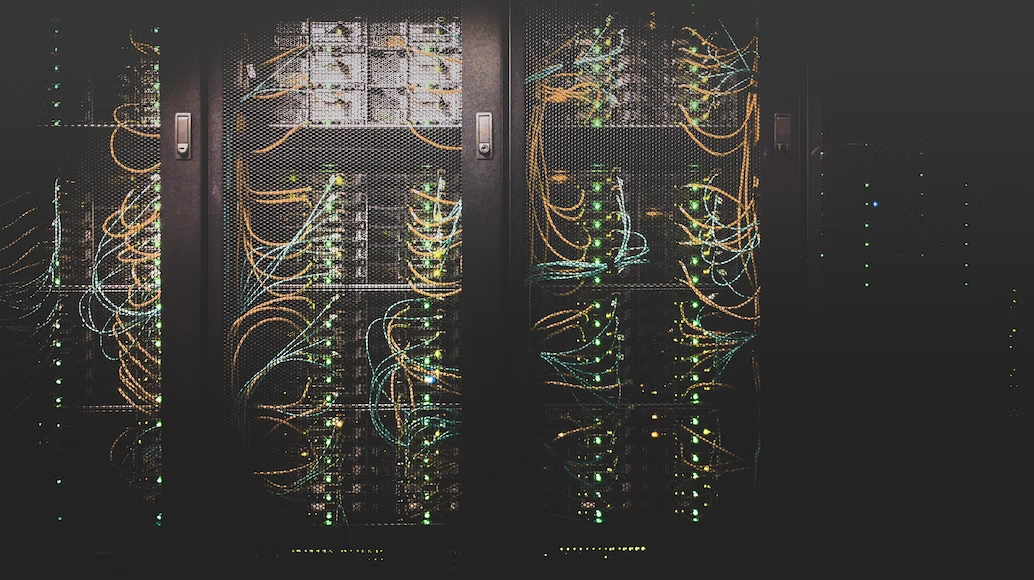How to Set Up a Server Room for Your Business
Running your own business involves dealing with sensitive data. If the data is lost or gets into the wrong hands, it can cause many problems for your company. This data also needs to be easily accessible to the relevant employees to ensure efficient workflow and that all orders are promptly handled. For these reasons, setting up a server for your company can be beneficial. The first thing you should do is decide what kind of server is right for your business. If you wish to set up a physical server, you should keep the following factors in mind.
1. Availability of Space
There should be enough space in the designated room to store the servers and other necessary equipment, such as wires and racks while leaving adequate space around them to allow airflow to prevent overheating. As your business expands, you may need to invest in more servers to store larger amounts of data, so that is also important to keep future expansion in mind when designating a room for servers.
2. Server Hardware Setup
How the server is set up will be different for every business, depending on your data requirements. It’s essential to optimize the storage and set it up in the most efficient way. Using appropriate storage racks that are earthquake-proof, durable, and secure is the key to maximizing the life of your physical servers. These rack and cabinet solutions will allow you to customize your setup in a way that is most functional and sustainable for your business. Ensure a climate-controlled environment to ensure that the servers are in a cool and dry place at all times. According to ASHRAE, the recommended temperature for a server room is 18° to 27°C (64° to 81°F).
3. Hardware and Cable Management
Once you have set up the hardware in the room, you should set up a cable management system so that important wires do not get tangled. Mismanagement of cables is a common mistake but can have disastrous effects, such as data loss or even fires. Some server racks have built-in cable combs to facilitate management. Other practices you can adopt include color coding different wires, labeling both ends to prevent mishaps, investing in cable combs separately, or using zip-ties to separate cables.
4. Uninterrupted Power Supply
Unexpected power outages or surges can lead to damage or loss of crucial data, so it is vital to have a backup power supply for unforeseen outages. A UPS will provide instant backup power during minor outages, while for longer durations, you will need to have a backup generator. It is recommended to have both available in case of any emergencies. It is also helpful to use multiple circuit breakers for different server parts rather than just one. This will ensure that the system doesn’t shut down or malfunction if there are power fluctuations, so the whole server does not have to be switched off for maintenance.
5. Maintaining Security
Now that your server is set up and running, it is crucial to keep it physically and virtually secure. You should ensure physical security by installing CCTV cameras and biometric verification for the servers to ensure that none of your data falls into the wrong hands. Access to the data in the server should be password-protected. You should also hold training workshops to teach employees how to stay safe from malware, phishing, and other cyber attacks. You can learn more about maintaining a server’s cybersecurity here.
Endnote
Although having a physical server for your business is a significant investment and takes effort to set up, it has many benefits. It speeds up workflow and ensures that your websites and company portals have minimal downtime. It also helps ensure data security by maintaining secure backups of essential data while keeping it easily accessible to the business. If you’re a smaller business and do not have the resources to invest in a physical server, you can opt for a virtual private server (VPS) instead. However, if you have a large or fast-expanding business, you should consider investing in physical servers.

